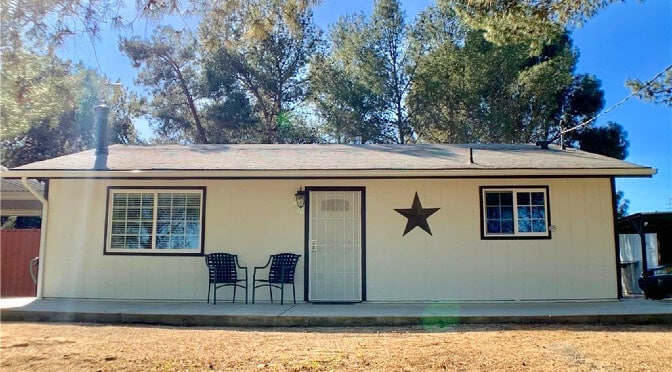
What Is a Bridge Loan In Real Estate?
What Is a Bridge Loan?
A bridge loan in real estate is a loan secured against property which allows the owner to borrow against their existing equity in order to purchase a new property. Once the new property is purchased the previous property is sold which pays off the bridge loan. Residential bridge loans are available from specialized residential bridge loan lenders who are able to provide fast and flexible funding to homeowners.
It is called a bridge loan because the short-term financing allows the borrower to bridge the gap from one type of financing to another.
Bridge Loan Pros For Homebuyers
- Quickly access equity in a home without selling it
- Avoid moving twice when purchasing a new home
- Qualify without meeting conventional debt to income ratio requirement
- Submit offer to purchase home without contingency to sell current home
- Secure financing against own property that is currently listed for sale
- Receive loan approval after being denied by traditional lenders
The main benefits of obtaining a hard money bridge loan are related to the flexibility and speed of funding that residential bridge loans provide. Many homeowners are looking to avoid moving twice to access the equity in their home. Bridge financing is considered a temporary loan and allows the borrower to exceed the standard debt to income ratio requirement. In a competitive market, presenting an offer with a contingency to sell an existing property is typically a non-starter. Hard money bridge loan lenders can also overlook minor issues on a borrower’s record that currently prevent bank approval.
Bridge Loan Cons
- Short-term loan with higher interest rate
- Refinancing into a long-term traditional mortgage may be required
Bridge loan rates are higher than traditional 30 year mortgages because bridge financing is only a short-term option. In some situations, the borrower will need to refinance the bridge loan into a long-term traditional mortgage. Some borrowers don’t like having to refinance the bridge loan into a traditional loan but the bridge loan is not permanent financing. A refinance will be necessary if the borrower needs to keep a loan against their newly purchased property.
How Does a Bridge Loan Work When Buying a Home?
Residential bridge loans allow the owner to pull equity from their primary residence and use the loan proceeds to purchase their next home. Bridge loans are especially helpful for retired individuals and those who are unable to currently prove their income to the satisfaction of a traditional lender.
For consumer purpose loans, the current federal regulations require lenders to verify income (tax returns, W2, pay stubs, etc.) and ensure the borrower’s debt to income ratio (DTI) doesn’t exceed a certain level. Residential bridge loans are a special exception and don’t have to meet the same DTI requirements. The bridge loan is considered temporary financing and has a loan term of less than 12 months. Read more: How does a bridge loan work?
Bridge loans are also beneficial in situations where the borrower owns a primary residence but needs to purchase a new primary residence. They have sufficient income but not enough to qualify for two loans at the same time as this would take them beyond the acceptable DTI limitations.
Since bridge loans don’t have to conform to the DTI requirement, the borrower can hold two bridge loans at the same time and exceed the normal DTI ratio. One bridge loan is used to pull equity from the existing home and another bridge loan is used to purchase the new home. Once the new home is purchased, the previous property is sold which pays off the first bridge loan.
Now that the borrower has secured their new primary residence and sold their previous home, their DTI will be lower as the initial bridge loan has been paid off. The borrower can then refinance into a long-term conventional loan which will pay off the short-term bridge loan.
Recent Bridge Loans Funded by North Coast Financial
Bridge Loans Resource Guide
California Bridge Loan Request
We will contact you to review the loan scenario and provide a quote.




